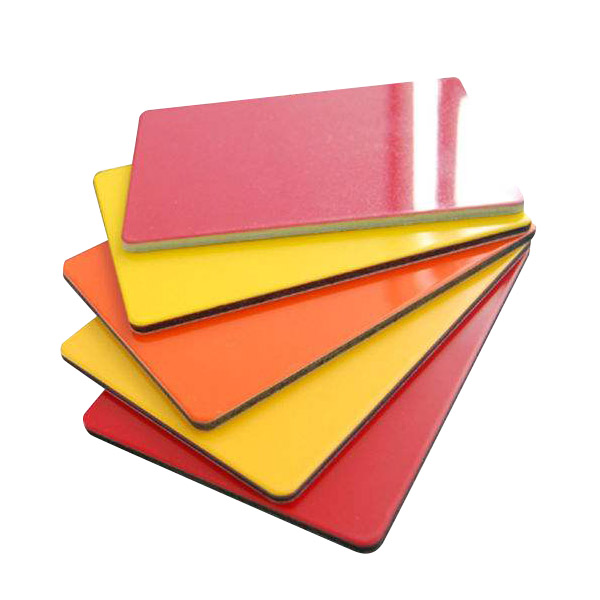Navigating Boundaries: Limitations and Considerations in the Application of PE-Coated Aluminum Composite Panels
2024-01-31
Introduction:
Aluminum Composite Panels (ACP) with Polyethylene (PE) coating have become a popular choice in architecture due to their versatility and aesthetic appeal. However, as with any building material, it's crucial to understand the limitations and considerations when applying PE-coated ACPs in diverse environments and climates. In this blog post, we explore the factors that architects, builders, and designers should weigh when considering the use of PE-coated ACPs.
1. Fire Resistance:
Perhaps one of the most critical considerations is the fire resistance of PE-coated ACPs. While PE-coated panels offer a level of fire resistance, it's essential to be aware that they may not be as fire-resistant as panels with other coating types. In high-risk areas or buildings with stringent fire safety requirements, alternative coatings with enhanced fire resistance may be preferred.
2. High-Temperature Environments:
PE coating can be sensitive to high temperatures. In regions with consistently high temperatures, there is a potential risk of the PE layer deforming or deteriorating over time. In such climates, architects may want to explore alternative coating options that better withstand extreme heat.
3. Exposure to UV Radiation:
While PE coating provides excellent UV resistance, prolonged exposure to intense sunlight can impact any material over time. In locations with extreme UV radiation, it's advisable to consider additional protective measures or explore coatings with enhanced UV resistance if long-term color retention is a critical factor.
4. Coastal Environments:
Coastal areas with high salt content in the air can pose challenges to certain materials. While aluminum itself is corrosion-resistant, the combination of salt and moisture may affect the longevity of the PE coating. In such environments, architects might consider marine-grade coatings or alternative materials with enhanced resistance to corrosion.
5. Severe Weather Conditions:
Regions prone to severe weather conditions such as hurricanes, typhoons, or heavy snowfall may require careful consideration. PE-coated ACPs, while generally durable, may need additional structural support or reinforcement to withstand extreme weather events.
6. Recyclability and Environmental Impact:
While PE-coated ACPs are recyclable, the environmental impact of the manufacturing process and disposal should be considered. In eco-conscious projects, architects may explore alternative materials or coatings that align with sustainability goals.
7. Local Building Codes and Regulations:
Compliance with local building codes and regulations is paramount. Some regions may have specific requirements for fire safety, structural integrity, or environmental considerations that impact the choice of ACP coating. It's crucial to align the selection with these regulations.
8. Maintenance and Cleaning:
The ease of maintenance can vary based on environmental factors. In areas with high pollution or industrial emissions, cleaning may be more frequent to preserve the aesthetic appeal of PE-coated ACPs. Consideration should be given to the feasibility and cost of maintenance in specific environments.
Conclusion:
While PE-coated Aluminum Composite Panels offer a range of benefits, it's essential to approach their application with a nuanced understanding of the specific limitations and considerations in different environments and climates. By carefully evaluating factors such as fire resistance, temperature sensitivity, exposure to UV radiation, and compliance with local regulations, architects and builders can make informed decisions that ensure the longevity and performance of PE-coated ACPs in diverse settings.


